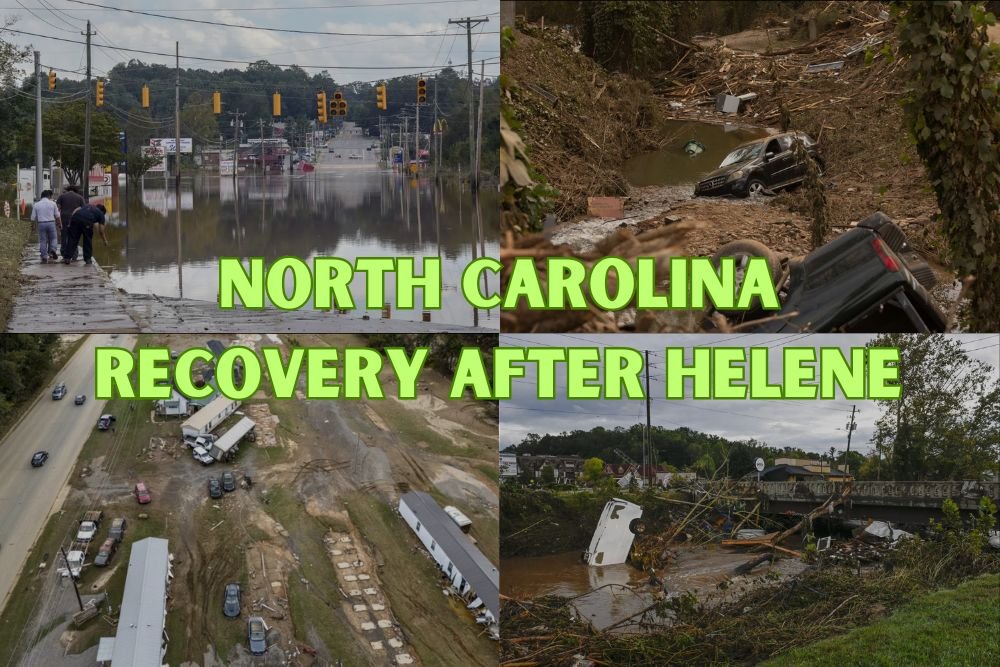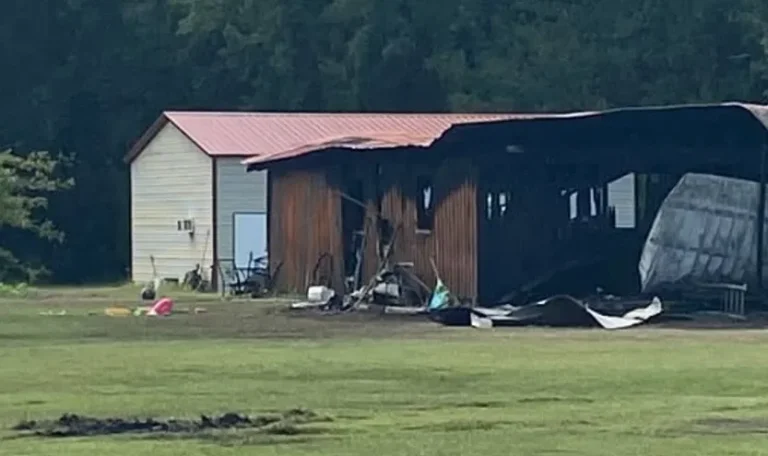Helene by the Numbers: One Year Later, Western North Carolina Still Faces Long Road to Recovery
ASHEVILLE, NC — One year after Tropical Storm Helene devastated Western North Carolina, the region continues to rebuild, but recovery is far from complete. While major progress has been made in clearing debris and stabilizing water systems, officials say the financial and economic gaps remain daunting.
Lives Lost and Communities Shaken
Helene was responsible for 251 storm-related deaths across the U.S., including 108 in North Carolina. Buncombe County suffered the greatest loss in the state, with 43 lives lost.
In addition to fatalities, many families were displaced, and residents continue to grapple with the long-term trauma of the storm.
Water Quality Restored
The North Fork Reservoir, Asheville’s main drinking water supply, saw dangerous turbidity levels of 23.3 NTU in October 2024, just weeks after the storm. By September 2025, those levels had dropped to 0.38 NTU, well within safe limits.
The recovery of the reservoir was considered critical, given that it provides nearly 70% of Asheville’s water supply.
Debris Removal Efforts
Cleanup has been a monumental task:
- 1,012,201 cubic yards of debris were removed from Buncombe County’s roads.
- 1,291,767 cubic yards of debris were cleared from the county’s waterways.
Altogether, more than 2 million cubic yards of debris were handled in the county.
Infrastructure and Tourism Losses
As of late August 2025, 1,435 public roads in WNC have been fully reopened, while 38 are only partially open and 33 remain closed.
The storm also devastated the region’s tourism sector. Lodging sales in Asheville fell 74% in October 2024 and 57% in November 2024 compared to the previous year — losses greater than during the height of the COVID-19 pandemic.
Aid vs. Actual Needs
Federal and state governments have provided $7.6 billion in aid to Western North Carolina. However, total damages and recovery needs are estimated at $60 billion, meaning the aid accounts for just 12.8% of what is required.
Meanwhile, 7,756 households have received temporary housing assistance, most through FEMA rental support. Small businesses have received $156 million through local recovery funds, but leaders stress more is needed to stabilize the regional economy.
Western North Carolina’s recovery shows resilience but also highlights the enormous financial and emotional toll of Helene. Do you think the federal government should increase disaster aid to better match long-term community needs? Share your views in the comments on SaludaStandard-Sentinel.com.







